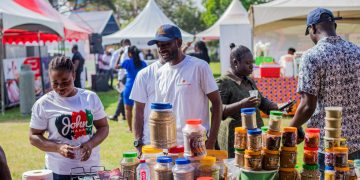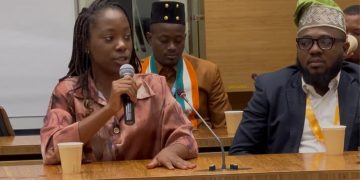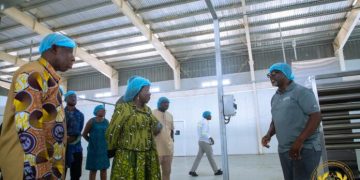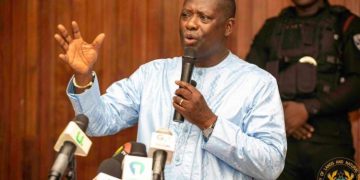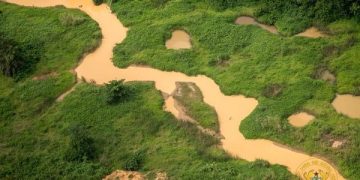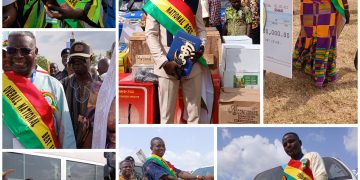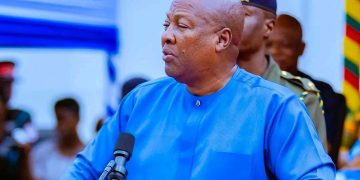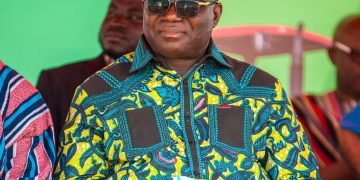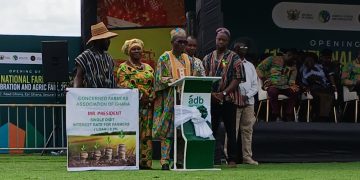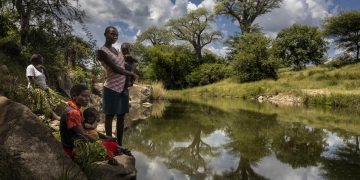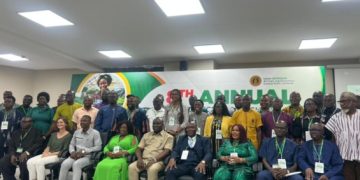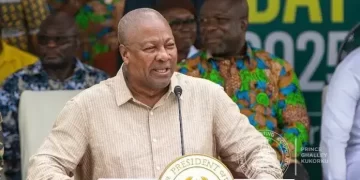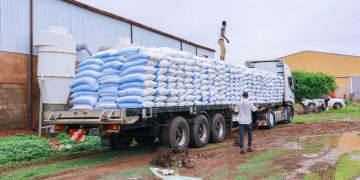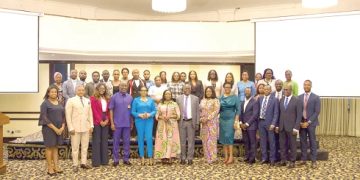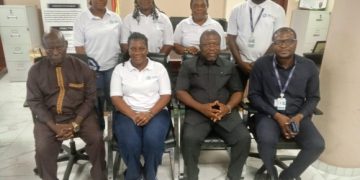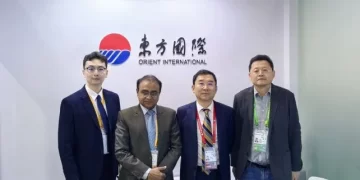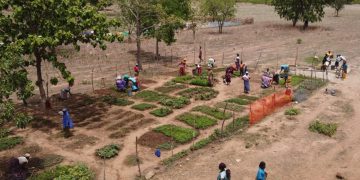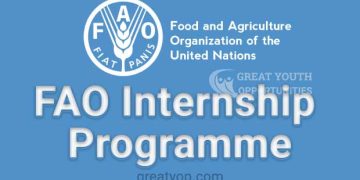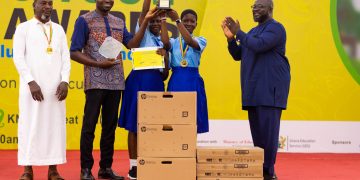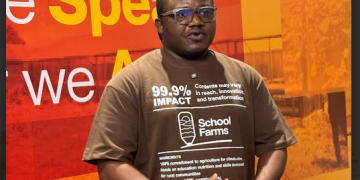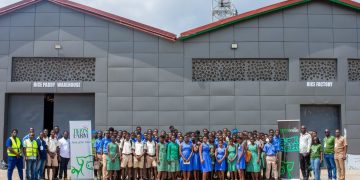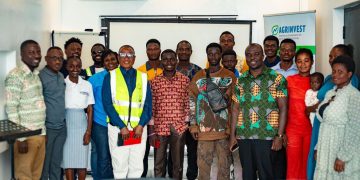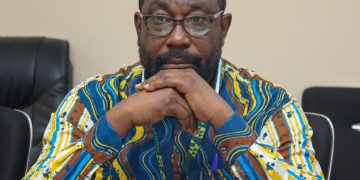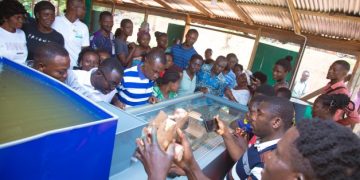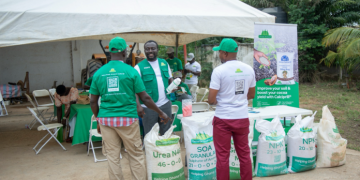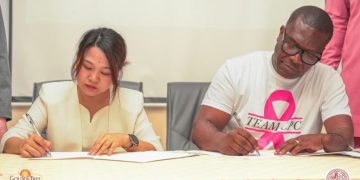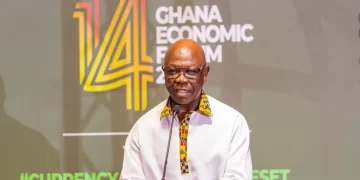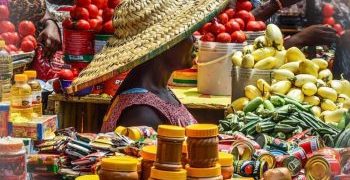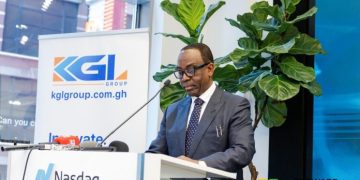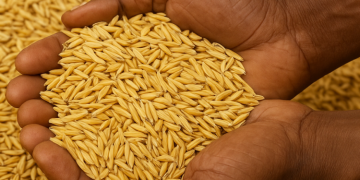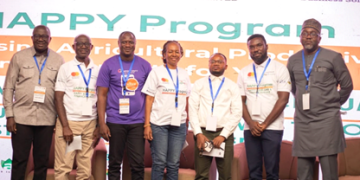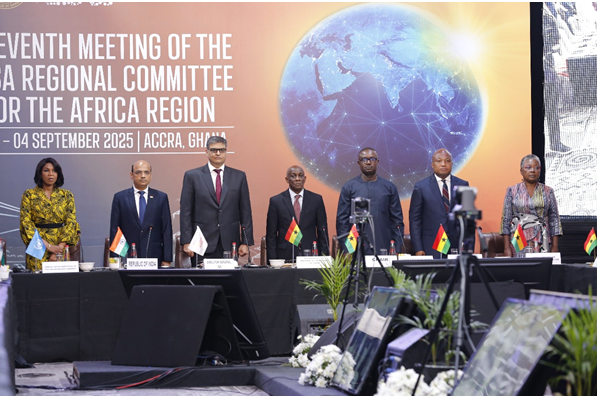Government plans to deploy solar-powered irrigation pumps across farming regions under a pact with the International Solar Alliance (ISA), Energy and Green Transition Minister John Jinapor has announced in a move aimed at boosting all-year-round crop production.
Farming in Ghana is largely rain-fed, leaving many growers idle during the six-month dry season Mr. Jinapor told reporters on the sidelines of the seventh ISA Regional Committee meeting for Africa in Accra.
“Particularly in some parts of the country, for close to six months during the dry season, because our farmers depend on rain-fed agriculture they virtually have no activity,” he said.
The initiative, pioneered by India, is expected to help Ghanaian farmers sustain production during dry spells, strengthen food security and reduce agriculture’s exposure to climate change.
Agriculture contributes about 20 percent to Ghana’s gross domestic product (GDP) and employs more than one-third of the workforce, according to government data. But output remains vulnerable to erratic rainfall and rising temperatures.
Mr. Jinapor said Ghana is keen to learn from India’s model. “They have agreed to work and collaborate with us so that we can install these solar pumps. By installing these solar pumps, what happens is that Ghanaians (farmers) will be able to engage in productive agriculture all-year-round.”
He disclosed that an agreement has already been signed with ISA in the form of a Memorandum of Understanding (MoU). A key aspect of the project, he noted, will be the promotion of local content through training Ghanaian artisans and technicians to handle the technology’s deployment and maintenance.
In addition, he said, government is exploring solar rooftop systems for critical institutions, particularly in off-grid areas. “We are also working very hard to deploy off-grid solutions and so a collaboration is being worked on,” he added.
Turning to outcomes of the ISA Regional meeting, the minister stressed Ghana’s readiness to partner with other member-countries to tackle Africa’s energy security challenges.
“If the continent is to develop and achieve its aspirations, provision of reliable, dependable and affordable but clean energy is key. In this case, solar represents the most viable option,” he said while highlighting Ghana’s renewable energy progress.
The seventh ISA Regional Committee meeting for Africa, hosted in Accra, brought together 19 ministers and representatives from 39 countries. The gathering sought to accelerate solar adoption on the continent through practical strategies for energy access, innovation and climate resilience.
ISA is a treaty-based organisation with 124 member-countries. Since its launch in 2015, it has pushed for affordable solar solutions in developing economies – particularly in Africa where energy access remains low.
Also speaking to reporters at the meeting, ISA Director-General Ashish Khanna confirmed ratification of the Alliance’s strategy in ‘moving from ambition to action’.
He highlighted the Africa Solar Facility, a US$200million catalytic fund designed to attract private sector investment. The first US$75million will be operationalised before end-2025 and is expected to leverage over US$800million of decentralised renewable energy financing, beginning with Nigeria.
Mr. Khanna said the meeting also underscored the importance of building local capacity. Twelve solar technology application resource centres, he said, will be established across Africa by 2025; including one in Ghana to serve as a hub for training, testing and youth integration.
“We also discussed how Africans are going to get a lot more trained through the master’s programme for getting the latest skills, but also increasingly by having a global capability centre on digitisation and AI – which will bring the latest experience of India for helping Africa not to be left behind and attain digital leapfrogging,” he said.
He added that over the next three to five years, ISA will pursue clear, tangible programmes including large-scale solar, distributed renewable energy and irrigation pumps. Private sector participation, he stressed, will be crucial.
“Of US$2.2trillion dollars invested globally in clean energy last year, only 2 percent went to Africa. With 680 million people without energy access and one of the highest tariffs, this is not acceptable,” Mr. Khanna said.
The ISA, he noted, is committed to supporting Africa under its Mission 300 initiative aimed at expanding access and reducing costs. “International Solar Alliance is really keen to partner with all African countries in ensuring faster energy access as per Mission 300, but also bringing down the cost of energy because solar for each country’s least-cost generation plan will help in moving your energy needs.”
The Accra meeting, officials said, signalled growing momentum for solar as a driver of Africa’s clean energy transition and sustainable development – with Ghana positioning itself as a frontrunner in piloting solutions that marry energy access with food security.


